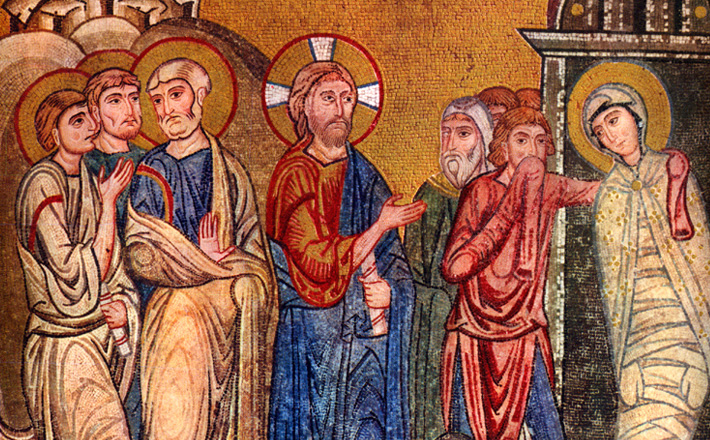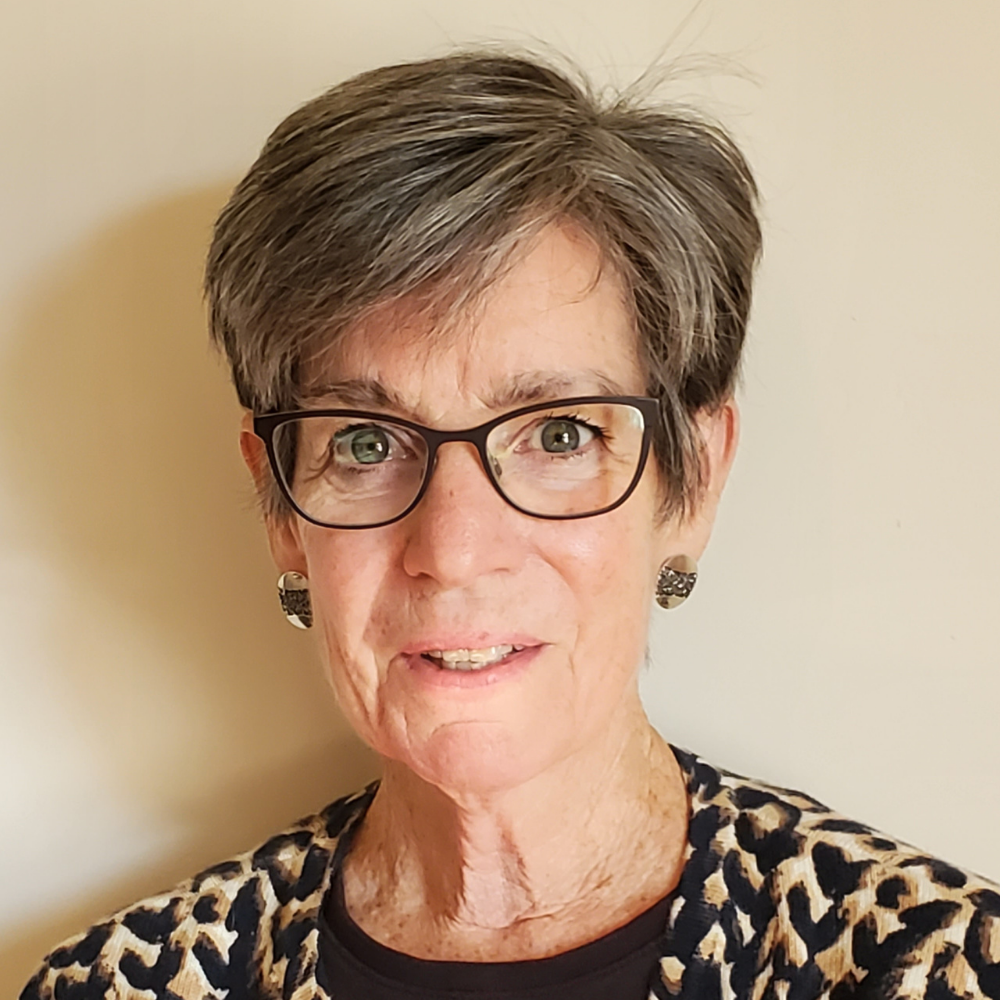Commentary on Ezekiel 37:1-14
In this last Sunday before Holy Week, two texts promise resurrection.
In Ezekiel, dry bones are knit back together and infused with life-giving breath, while in John, Lazarus is brought back to life after four days in the tomb. In neither case is resurrection life necessarily pretty. Resurrection is not new life, the perfect promise of a newborn baby, but renewed life, life forged from death; even the risen Jesus still bore his scars.
For congregations who have tended to the dying and cared for the grieving over the past year, these texts do not glibly wash over the reality of suffering and death with the bright pastels of Easter. Nor should they; we are still in Lent, after all. Yet with all its brutal honesty, Ezekiel’s vision challenges us to see that the problem is not death but the fear of it, while the solution — God’s ever-present gift of life — is as near to us as breathing.
Under the hand of God, Ezekiel is carried in the spirit to a valley filled with a great many dry bones. Although it is not named, its identification as “the” valley suggests a particular place; other clues suggest a battlefield. As such, it evokes ancient Near Eastern curses threatening treaty violators not only with wholesale destruction but also with leaving the slain unburied for carrion prey to devour.
In this one grim scene, then, we are reminded of all that has transpired since Ezekiel was first summoned to speak to the rebellious house of Israel. From the time Ezekiel first began to speak in 592 BCE, the people’s long history of rebellion against God and now also against Nebuchadnezar has sealed their fate. Destruction was inevitable, and by 586 BCE Jerusalem lay in ruins. Whether we are to think of this battlefield as Nebuchadnezzar’s doing or God’s, we are to remember a broken covenant and unspeakable loss.
We may also be asked to remember Ezekiel’s commission as a prophet to sound the warning in the hope that some might hear, repent, and live. The sheer number of bones suggests prophetic failure, and God’s question to Ezekiel can only remind us of that grim fact. “Mortal, can these bones live?” At the end of his own imagining, Ezekiel can only leave it up to God: “Oh Lord, you alone know.”
God responds by commanding Ezekiel to prophesy. Although God addresses Ezekiel, the message addresses the bones directly, promising to bring breath into them and clothe them with flesh. The message makes it clear that any new life is God’s doing (verses 4-6), and it ends in a familiar Ezekielian refrain: “and then you will know that I am the Lord.”
As Ezekiel prophesies, the bones come together with a great rattling and quaking as sinew, flesh, and skin come on to the bones. But there is still no breath in them, so God commands Ezekiel to prophesy again, this time to the “breath,” or “wind” (Hebrew, ruach). Ezekiel does as commanded, and as breath enters into the slain, they live and stand as a great multitude.
The image is not entirely heartening. In other prophetic images of restoration, there is dancing and rejoicing; here, the dry bones are indeed alive, standing on their feet. But they’re not doing much more than that. What are they doing just standing there?
The ambiguity of the image is only heightened by God’s explanation to Ezekiel in verses 11-14. God explains to Ezekiel that the dry bones represent the whole house of Israel. Their complaint, “Our bones are dried up, our hope is lost, we are clean cut off,” gives further clue to their identity and concerns. These are not the ones who were slain but those who have survived in exile. Parallels with similar expressions in the Psalms suggest they feel themselves cut off from God’s presence — perhaps because they perceive the covenant to have been severed, certainly because absence from the Jerusalem Temple closes off any possibility of seeking God. For the exiles, being cut off from God means they are as good as dead.1
If the dry bones represent the living exiles, then, it turns out that the entire vision is concerned, not with the reality of death, but with despair. The exiles were the survivors, yet they have dug their graves with their fear of God’s absence. To this hopelessness Ezekiel offers a startlingly simple metaphor of divine presence, the ready availability of breath. In just fourteen verses, the word ruach occurs nine times, and while it is variously translated as “breath” (verses 5, 6, 8, 10), “wind” (verse 9) and God’s own spirit (14), we would lose the metaphorical force of this usage if we neatly differentiated between the meanings. Whether it appears in one instance as breath or in another as wind, it is all the same life giving force. And it is all from God.
And it is in this sense that breathing becomes a metaphor for divine presence. Despite the exiles’ fear of being cut off from God, God is as near to them as their own breath. Ezekiel’s vision does nothing to alleviate them of their present difficult circumstances, though it does promise them a future in their own land.
Though they remain in exile, still coping with the death of loved ones, still mourning the loss of familiar ways to find and meet God, they are reassured of God’s presence. The standing multitude of dry bones brought back to life now acquires a somewhat different connotation. Because God is present, they can breathe. And stand ready for the future, looking forward in hope.
Notes:
1 Saul M. Olyan, “‘We Are Utterly Cut off’: Some Possible Nuances of ngzrnu lnu in Ezek 37:11,” CBQ 65 (2003): 43-50.


April 6, 2014